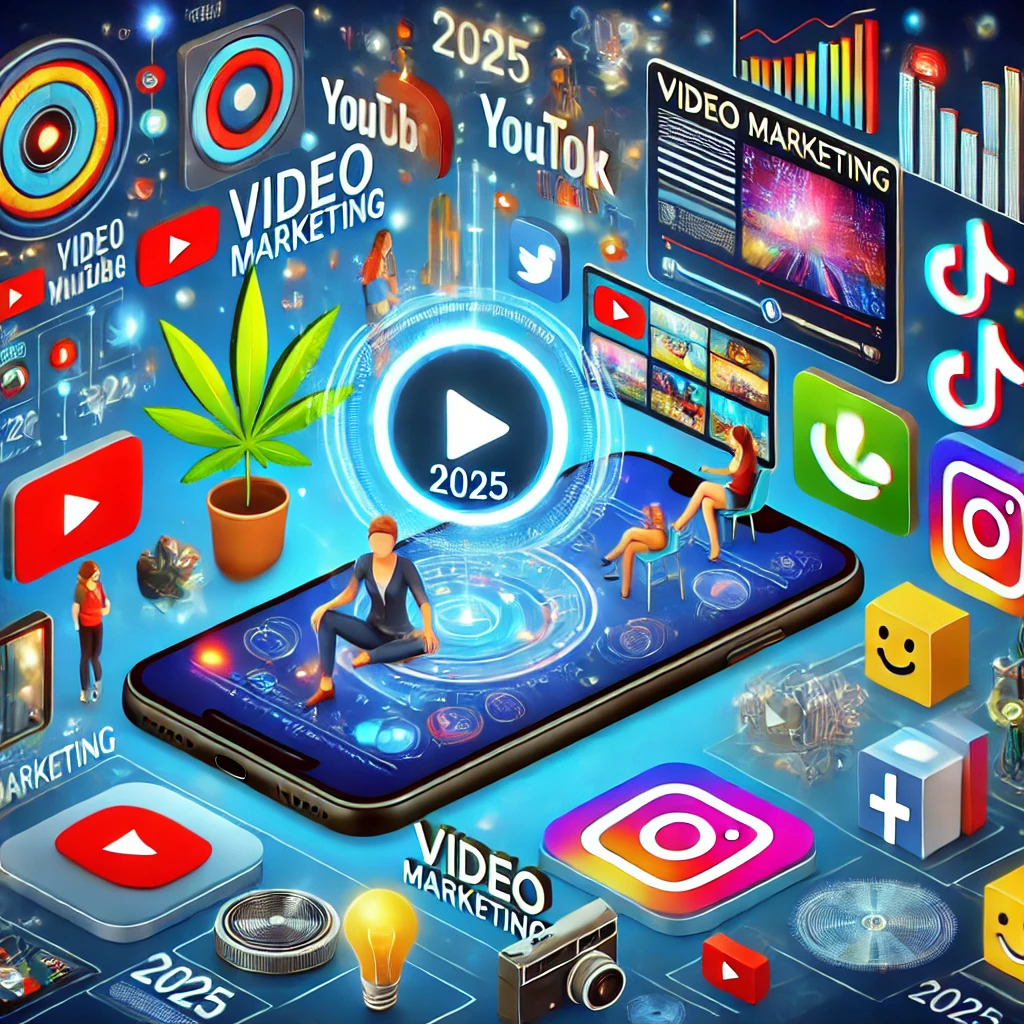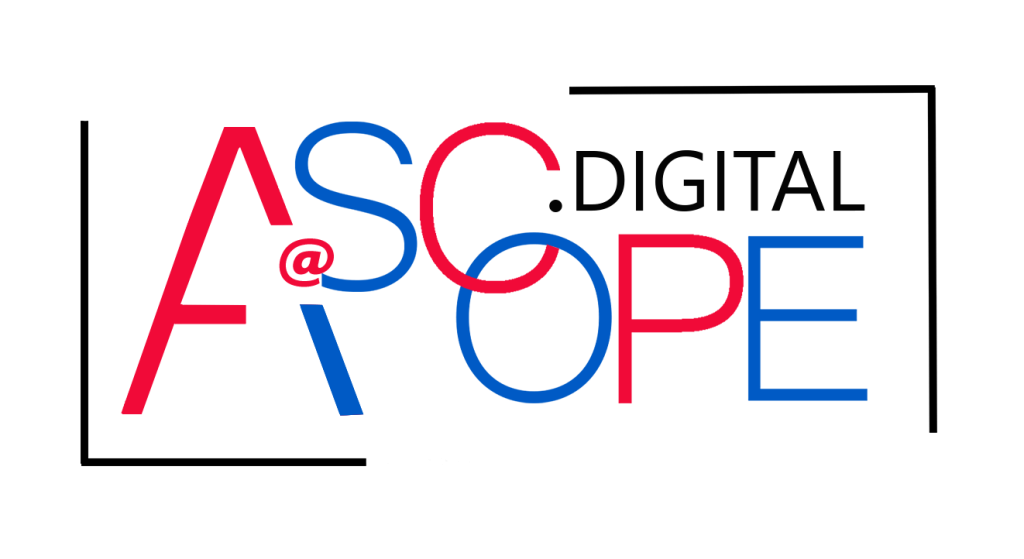
In the digital age, video marketing has become a crucial tool for businesses to effectively engage their audience. As consumer behavior continues to evolve, visual content, particularly videos, has taken center stage in shaping how brands connect with their customers. The rise of video is not just a passing trend; it’s a powerful marketing tool that is significantly impacting conversion rates, SEO performance, and emotional connections with audiences. In this article, we will explore the profound impact of visual content, particularly through video marketing, on consumer behavior and how it is transforming marketing strategies for 2025 and beyond.
The Rise of Visual Content in Consumer Behavior

In recent years, consumer behavior has undergone a significant transformation, with a clear shift towards visual content. As attention spans shorten and the need for faster information grows, consumers increasingly gravitate toward visually engaging formats. Among these, video marketing has emerged as the dominant force in shaping consumer preferences and driving engagement. This shift can be attributed to several factors, including the growing availability of high-speed internet, mobile devices, and the increasing reliance on social media platforms.
Statistics support the rise of visual content, with research indicating that 87% of online marketers use video content, and 92% of mobile video consumers share videos with others. In 2025, it’s predicted that video content will account for over 80% of all internet traffic, reflecting the format’s popularity and effectiveness in capturing consumer interest. People no longer just read about products; they watch videos, making video marketing a critical component of any successful content strategy.
Video’s impact on consumer behavior is profound. Research from HubSpot shows that 54% of consumers want to see more video content from brands they support. Video allows companies to capture their audience’s attention in ways that static images and text cannot, offering a more immersive experience. Whether it’s through explainer videos, product demos, or customer testimonials, video marketing provides an interactive platform for brands to engage their target audience.
The preference for visual content is especially evident in the younger demographic, with platforms like YouTube, TikTok, and Instagram providing a stage for short-form videos that are quick, entertaining, and informative. These platforms have proven that video content can drive not only engagement but also purchasing decisions. In fact, 64% of consumers are more likely to buy a product after watching a video about it, showing just how influential video marketing has become in the decision-making process.
Looking forward to 2025, the trend toward video will only continue to grow. As internet speeds increase and technologies like 5G become more widespread, consumers will have more access to high-quality, on-demand video content. For brands, this presents an exciting opportunity to connect with audiences through a format that resonates deeply with their preferences, fostering both engagement and loyalty. The rise of visual content, particularly through video marketing, is reshaping how businesses interact with their customers and is expected to remain a top priority in digital marketing strategies for the foreseeable future.
Improved Conversion Rates and ROI

One of the most compelling reasons businesses are increasingly turning to video marketing in 2025 is its ability to significantly improve conversion rates and return on investment (ROI). Unlike traditional text-based content, video engages viewers in a more dynamic and memorable way, leading to higher levels of interaction, trust, and, ultimately, sales.
Several studies have shown that video marketing can boost conversion rates significantly. For example, according to a report from Wyzowl, 84% of consumers say that they have been convinced to purchase a product or service after watching a brand’s video. This is especially powerful for companies aiming to turn passive viewers into active customers. By providing clear, engaging demonstrations of products or services, video content can effectively communicate value and solve potential buyers’ concerns, making it easier for them to make purchasing decisions.
Additionally, the integration of video marketing into landing pages has proven to be particularly effective in increasing conversion rates. Research by Unbounce found that including a video on a landing page can increase conversions by up to 80%. Videos provide visitors with the ability to quickly understand the value of a product or service, which helps reduce uncertainty and encourages action. By delivering key information in an easily digestible format, videos help keep potential customers engaged longer, lowering bounce rates and improving the likelihood of a sale.
For companies looking to track ROI, video marketing offers measurable results that can directly correlate to improved business outcomes. Many video platforms, including YouTube and social media channels like Instagram and Facebook, offer in-depth analytics that allow businesses to monitor metrics such as view count, engagement rate, and click-through rate (CTR). These insights help businesses refine their strategies, ensuring that their video marketing efforts are continually optimized for maximum impact.
Moreover, video marketing has the power to build stronger relationships with customers. Video’s emotional appeal, through storytelling or showcasing testimonials, can foster trust and loyalty, increasing the chances of repeat business. Research indicates that 72% of customers prefer learning about a product or service via video, showing that video marketing is an essential tool for brand awareness and long-term customer retention.
Ultimately, the combination of higher conversion rates and measurable ROI makes video marketing a cornerstone of successful marketing strategies. As businesses continue to recognize the tangible benefits, integrating video into their campaigns will be an indispensable part of achieving sustained growth and profitability in 2025.
Enhanced SEO and Organic Reach Through Video Content

Video marketing plays an essential role in improving SEO and driving organic reach. As search engines evolve, they increasingly prioritize video content in their results. Video is now an integral part of a comprehensive SEO strategy because it not only enhances the user experience but also helps websites rank higher on search engine results pages (SERPs). In 2025, with the continued dominance of video in digital marketing, businesses must understand the connection between video marketing and SEO to maximize visibility and reach.
One of the key reasons search engines like Google and YouTube prioritize video content is due to user engagement. Videos encourage longer page visits, as people are more likely to stay on a page that includes video content. This extended engagement time signals to search engines that the content is valuable, improving its rankings. In fact, search engines like Google tend to favor pages that contain videos because videos have been proven to increase click-through rates (CTR) and decrease bounce rates.
To optimize video marketing for SEO, businesses need to focus on several critical strategies. First, video titles, descriptions, and tags should include relevant keywords that align with what the target audience is searching for. This allows both Google and YouTube to properly index the videos, making them discoverable in search results. For example, including specific keywords such as “video marketing for small businesses” or “how to create engaging videos” will help the video surface when users search for those terms.
In addition to keywords, creating a compelling thumbnail and utilizing closed captions can further improve SEO. Thumbnails are often the first thing viewers see, and a well-designed, attention-grabbing thumbnail increases the likelihood of clicks. Closed captions also help search engines better understand the content of the video, as search engines can crawl text-based content, making the video more discoverable.
Embedding videos into website pages is another strategy for boosting organic reach. This not only adds to the content’s value but also encourages users to spend more time on the page. Pages with embedded videos are more likely to rank higher in organic search results. Similarly, having videos on high-authority platforms like YouTube increases the potential for backlinks, which boosts a website’s SEO performance.
Lastly, integrating video marketing with social media channels can help expand organic reach. Videos that are shared across platforms like Facebook, Twitter, and LinkedIn generate engagement signals, which are also important ranking factors.
By leveraging these tactics, businesses can harness the full potential of video marketing to enhance SEO and organically boost their reach in 2025.



